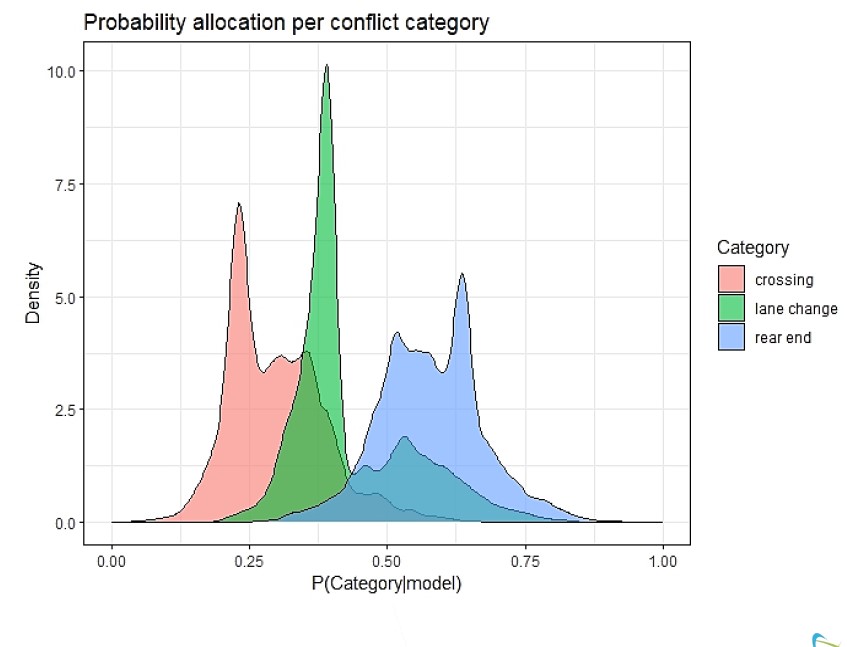
The widespread adoption of Connected and Automated Vehicles (CAVs) is being propelled, not only in 10 the realm of private vehicles but also within transit systems. This development serves to enhance urban 11 transport activities, rendering transportation more appealing to passengers. The present study aims to 12 identify and examine the safety effects of testing different operational speed shuttle bus services in 13 various future mobility conditions. To investigate impacts of autonomous shuttle bus services and to 14 further examine their operational speed, the microscopic simulation method was performed. Specifically, 15 four sets of simulation scenarios were comprised: a baseline scenario representing the current conditions 16 and three operational speed scenarios (15km/h, 30km/h and 45km/h) for an autonomous shuttle service. 17 Each one of these sets included eleven CAV market penetration rates (MPRs) of CAVs of the general 18 traffic (ranging from 0% to 100% in 10% increments). By analyzing the trajectory data extracted from 19 microsimulation, traffic conflicts were identified and further analyzed by developing Mixed-Effects 20 Multinomial Logit Regression models (ME-MLMs) in order to associate conflict type taking into account 21 network characteristics as well as traffic conditions. Several aspects were determined as statistical 22 significant parameters influencing type of conflict. The analysis yielded several significant findings that 23 provide quantitative measurements and assessments of the effects observed, enabling a better 24 understanding of the safety implications associated with the widespread adoption of automated services.
| ID | pc533 |
| Presentation | |
| Tags |








